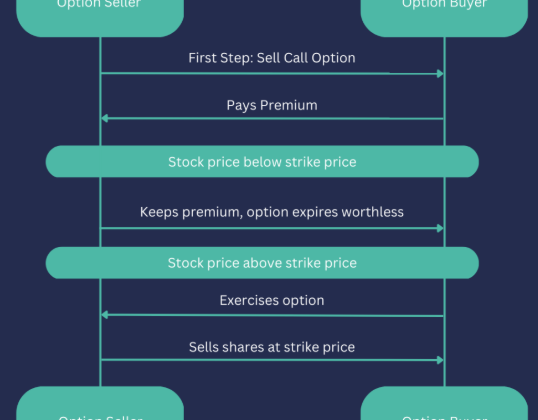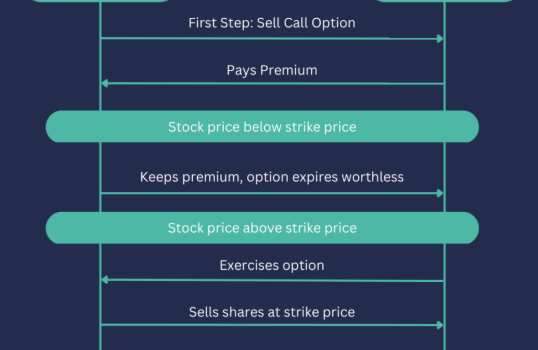
Running a restaurant in the UK demands more than culinary expertise—it requires tight financial control. With slim profit margins, rising operational costs, and intricate tax and payroll systems, gaining full visibility into your numbers isn’t optional—it’s essential.
This article outlines how to bring order to your restaurant’s accounting, covering everything from cash flow tracking to tip management. By implementing these strategies, you’ll not only stay compliant, but also drive profitability and business stability.
Essential Financial Reports Every Restaurateur Needs
Understanding your restaurant’s financial condition begins with three key reports:
Profit and Loss Statement
This report compares your income to your expenses, revealing whether you’re turning a profit. It highlights shifts in operational costs and helps pinpoint areas affecting your bottom line.
Balance Sheet
The balance sheet shows what your restaurant owns, owes, and the remaining equity. It’s a snapshot of financial stability, ideal for determining whether you’re in a position to reinvest or need to tighten spending.
Cash Flow Statement
Even profitable restaurants can stumble due to poor liquidity. The cash flow statement monitors inflows and outflows, helping you predict and manage upcoming financial commitments.
Together, these reports provide a complete view of financial health, guiding decisions on budgeting, expansion, and daily operations.
Why Restaurant Accounting Is Uniquely Challenging
Accounting in the hospitality sector has nuances that set it apart:
- Inventory is perishable, requiring weekly tracking.
- Sales fluctuate, with peaks on weekends and lulls during weekdays.
- Payroll includes a mix of hourly, salaried, and tipped employees.
- Costs vary constantly, from ingredient prices to energy bills.
- VAT compliance is complex, especially with dine-in versus takeaway tax rates.
These challenges demand a dynamic, responsive accounting system that captures granular data in real time.
Choosing the Right Accounting Method
Your choice of accounting method shapes how you interpret financial performance:
- Cash Accounting is straightforward, recording transactions when money changes hands. It’s ideal for small, low-volume operations.
- Accrual Accounting offers more accuracy, recording revenue and expenses when earned or incurred. It’s often required for larger businesses or those offering credit.
- Hybrid Systems combine both methods, enabling real-time visibility with long-term accuracy.
Whatever you choose, align your method with a structured chart of accounts. This categorisation enables consistent tracking, accurate reporting, and regulatory compliance.
Managing Income and Costs Effectively
Success hinges on understanding how money moves through your restaurant. Here’s how to manage both sides of the equation:
Diversify and Track Revenue Streams
Separate your earnings from dine-in, takeaway, delivery, events, and catering. Use your POS system to segment sales data, so you can identify which channels are most profitable.
Control the Big Three Costs
- Cost of Goods Sold (COGS):
Track food and beverage inventory closely. Align pricing with ingredient costs and review supplier rates often. - Labour Costs:
Forecast demand to optimise staffing schedules. Avoid overstaffing during slow periods and ensure adequate coverage when it’s busy. Cross-training improves flexibility without increasing payroll. - Overheads:
Monitor fixed expenses like rent and energy. Reduce waste, negotiate contracts, and audit bills regularly.
Monitor Prime Costs
The combination of COGS and labour—your prime costs—should be a primary focus. Keeping these in check increases your ability to invest in growth or weather downturns.
Regular Reconciliation
Compare your bank records against your accounting system frequently to catch discrepancies early and maintain accurate books.
Streamlined Payroll and Tip Management
Payroll and gratuities are key aspects of restaurant operations. Handle them right to maintain trust and stay compliant.
UK Payroll Compliance
- Ensure employees receive at least the statutory minimum wage.
- Calculate overtime and holiday pay correctly.
- Submit reports via Real Time Information (RTI) to HMRC.
- Deduct National Insurance contributions properly.
Managing Tips Legally
- Establish a transparent tipping policy—whether staff keep their own tips, share them, or use a tronc system.
- Comply with the Employment (Allocation of Tips) Act to ensure fair distribution.
- Report and tax tips through PAYE when managed centrally.
Clear records and fair systems boost morale and reduce audit risks.
Staying Legally Compliant
Understanding UK tax regulations is vital to avoiding penalties and maintaining financial health.
- VAT:
Apply the correct VAT rates across dine-in and takeaway services. Monitor thresholds and use compliant software to submit returns. - Self-Assessment:
If you’re a sole trader or partner, file timely and accurate returns to avoid fines. - NICs:
Deduct and remit National Insurance for all staff as required. Mistakes here can affect both compliance and employee benefits.
With the right tools and routines, these obligations become manageable.
Key Performance Metrics to Track
Regularly reviewing KPIs helps you identify what’s working—and what isn’t. Focus on:
- Gross Profit Margin – Gauges menu profitability.
- Labour Cost % – Measures staffing efficiency.
- Average Spend per Head – Tracks upselling and pricing performance.
- Table Turnover Rate – Indicates service efficiency.
- Food Waste % – Highlights opportunities to cut waste.
- COGS and Prime Cost – Monitor core expenses.
- EBITDA – Evaluates operational profitability.
- Revenue per Customer – Measures customer value.
These insights allow smarter pricing, scheduling, and investment decisions.
Budgeting for Stability and Growth
Solid budgeting and financial planning keep your restaurant grounded today and ready for growth tomorrow.
- Build a detailed budget based on historical performance.
- Forecast with seasonal trends and local events in mind.
- Create contingency plans for worst-case scenarios.
- Focus on high-margin strategies like renegotiating supplier contracts and adjusting menu pricing.
- Explore new revenue streams such as catering, delivery, or private dining.
Use technology to track your progress and make adjustments in real time.
Why a Professional Partner Makes the Difference
Balancing daily operations with back-office accounting can stretch your time and resources. That’s where a specialist accounting partner comes in.
Look for support that includes:
- VAT and payroll management
- Tip compliance and reporting
- Real-time financial insights
- Strategic forecasting
- R&D tax relief if you’re innovating in processes or menu development
With expert guidance, you gain clarity, reduce risk, and unlock time to focus on what matters—your customers.
Final Thoughts
Sound accounting is the backbone of a successful restaurant. With the right tools, habits, and insights, you can turn financial complexity into business confidence. From managing cash flow and controlling costs to staying compliant and planning for growth, your financial strategy can become your most powerful advantage.
By consistently monitoring your performance, using technology wisely, and seeking expert support when needed, you’ll not only run a more efficient operation—you’ll set the foundation for sustainable, long-term success.
















